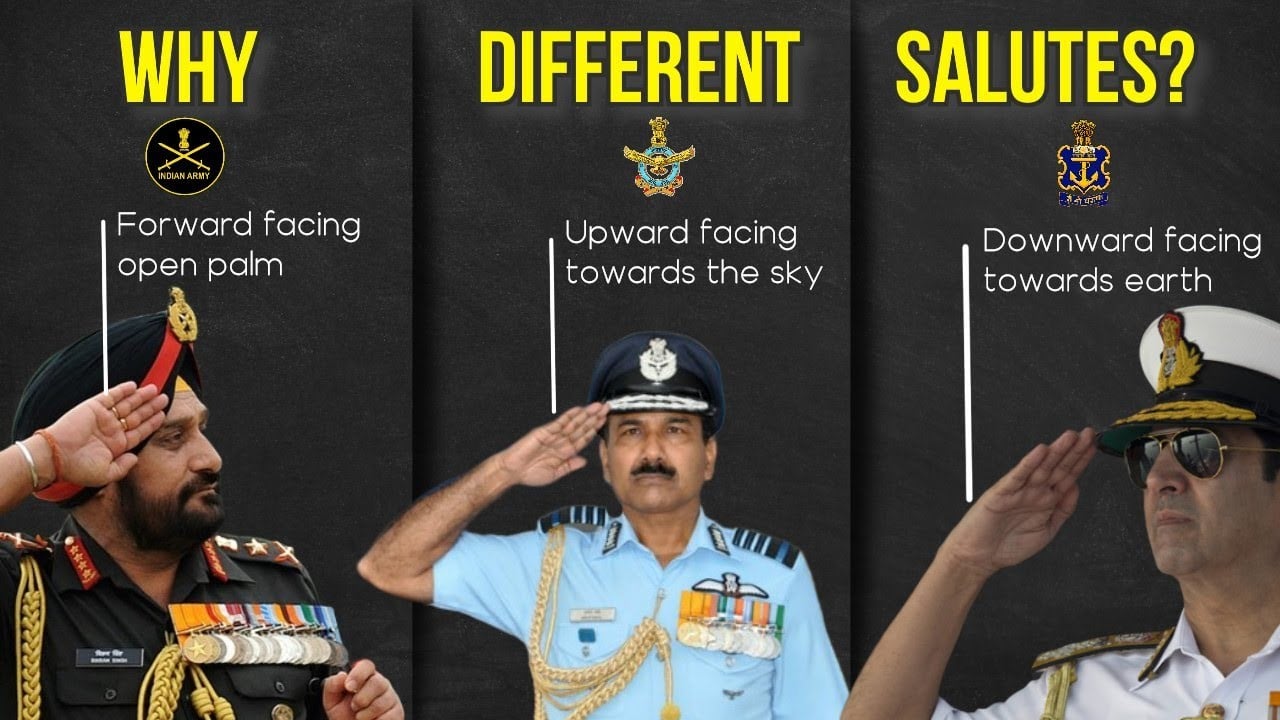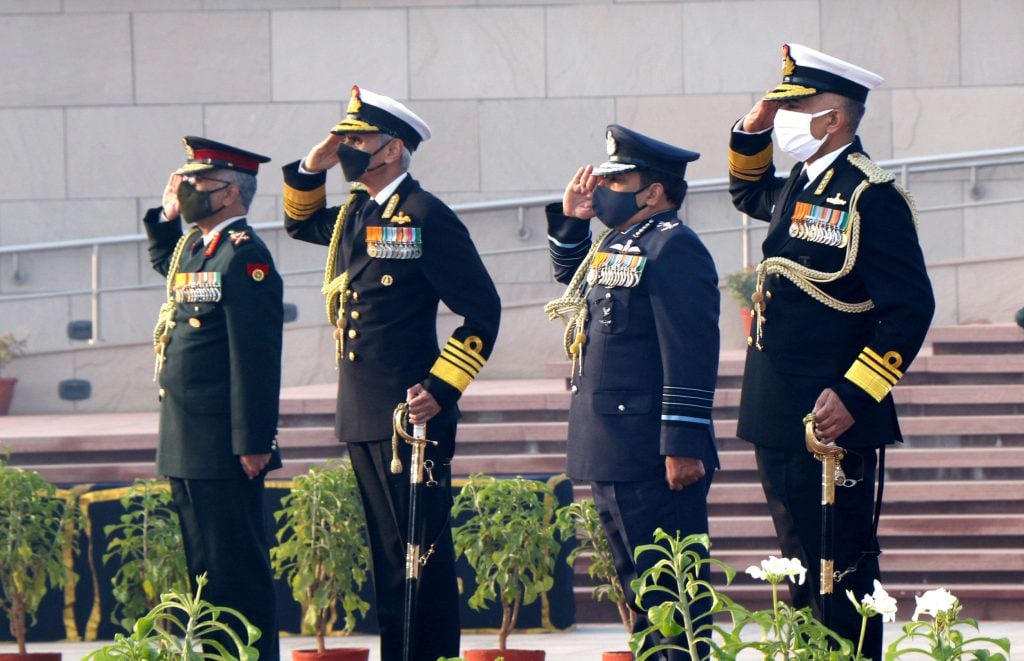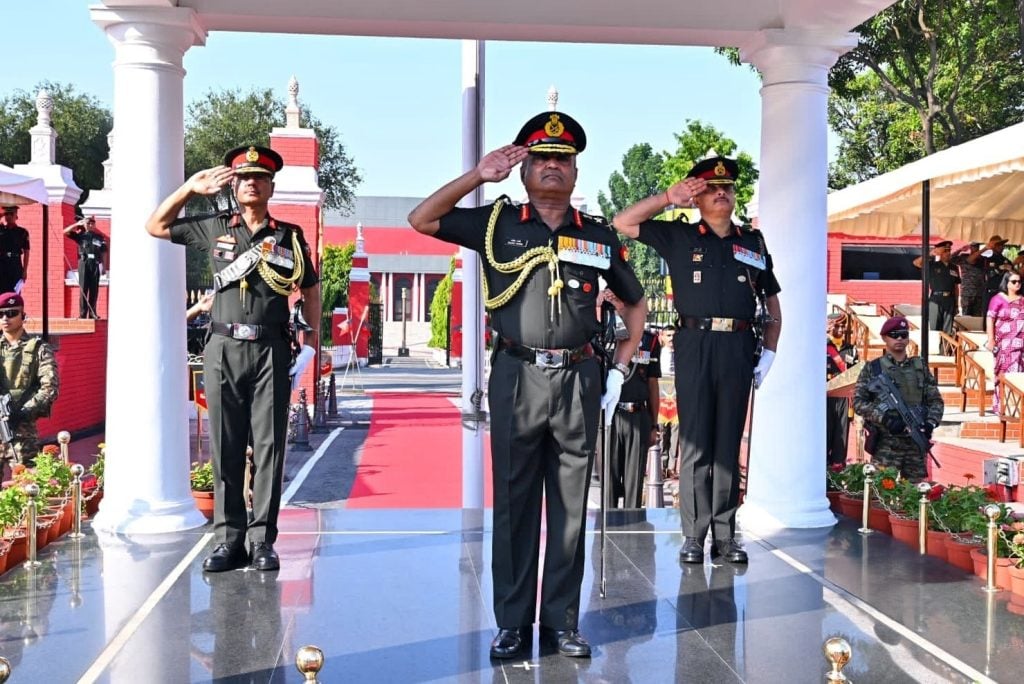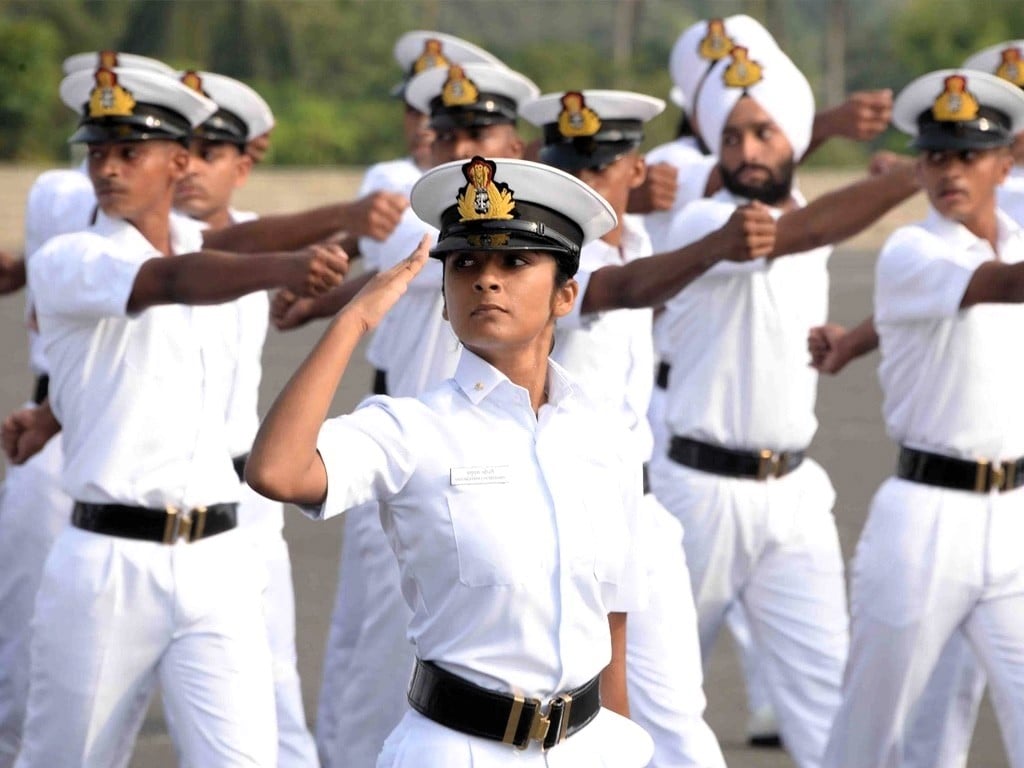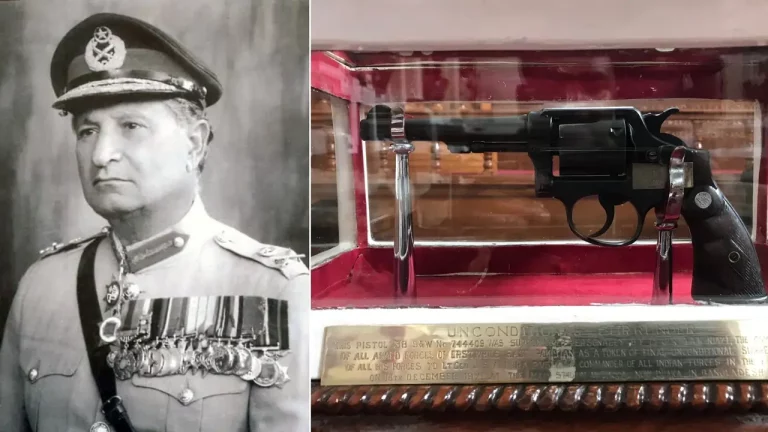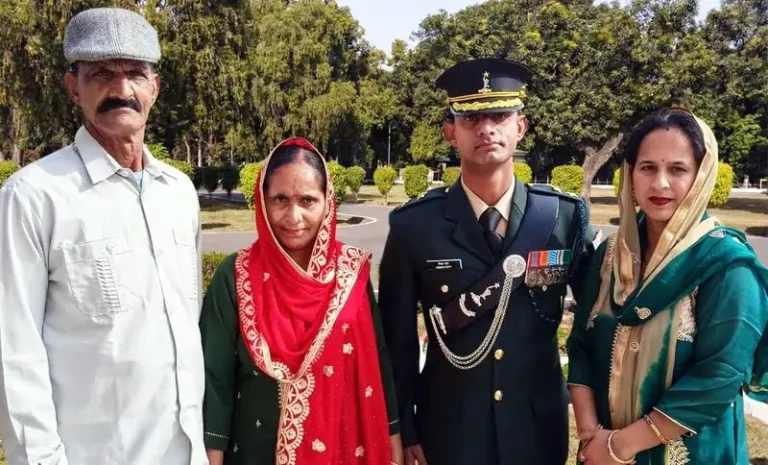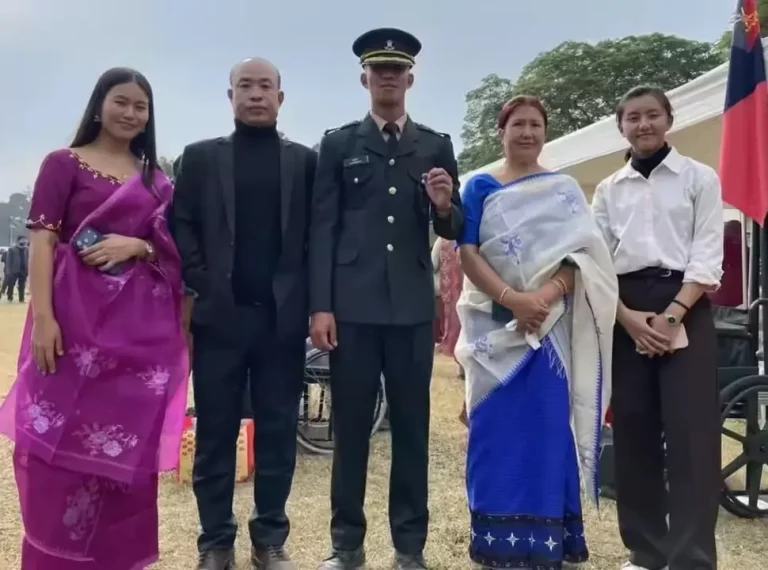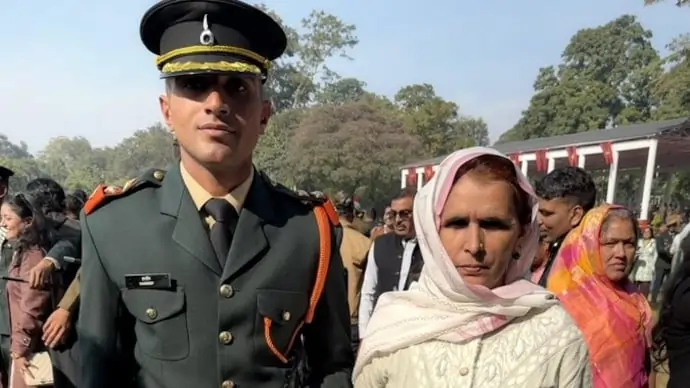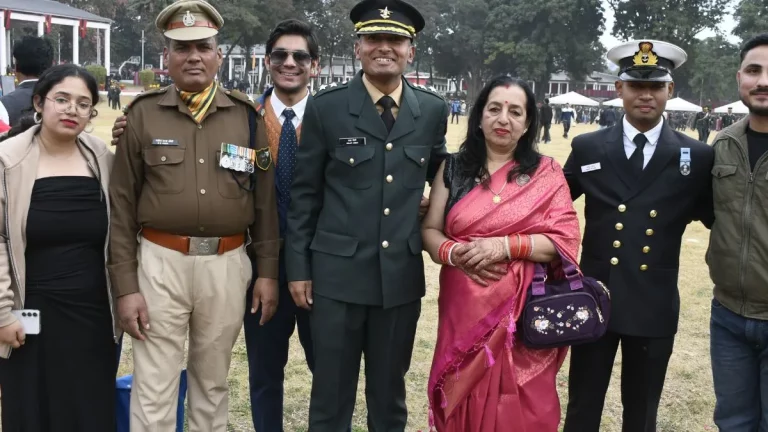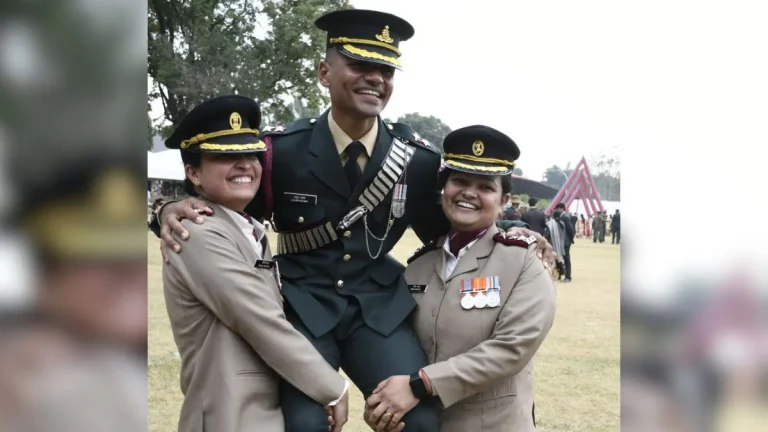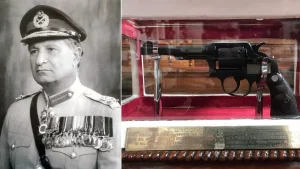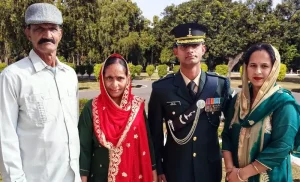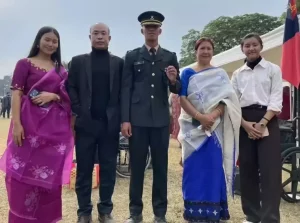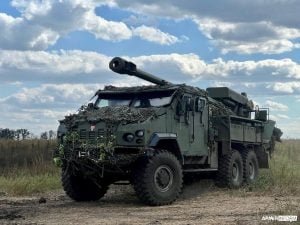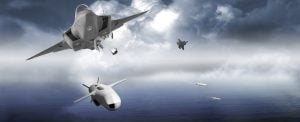Saluting is a time-honored tradition within military culture, serving as a gesture of respect, discipline, and unity among personnel. In India, the Armed Forces—comprising the Army, Navy, and Air Force—each have their own unique style of salute. This article delves into the reasons behind these variations, the historical context, and the significance of each salute, while exploring why Indian Armed Forces have different salutes.
A salute is more than just a physical action; it is a profound expression of respect and acknowledgment. In military parlance, it signifies loyalty, honor, and adherence to the hierarchical structure that governs the armed forces. Each branch of the Indian Armed Forces has developed its own salute style, reflecting its unique heritage, operational environment, and traditions.
Also Read | Top 5 Defence Exams in India You Should Know About
Historical Origins
The practice of saluting can be traced back to ancient civilizations, with some sources suggesting its roots in Roman military customs. However, the modern interpretation has evolved significantly. In medieval Europe, knights would raise their visors to reveal their faces, symbolizing trust and goodwill. This historical context lays the foundation for the contemporary salute, which has become an integral part of military protocol.
The Symbolism Behind Salutes
Salutes serve multiple purposes:
- Respect: They honor the rank and position of superiors.
- Trust: They signify that the saluting individual bears no concealed weapons, reinforcing a sense of security.
- Unity: They foster camaraderie among personnel, reminding them of their shared commitment to duty.
Indian Army Salute
Characteristics of the Army Salute
The Indian Army’s salute is characterized by an open palm facing forward. The fingers and thumb are held together, with the middle finger nearly touching the hatband or brow. This gesture is executed while standing upright, facing the individual being saluted.
Significance of the Army Salute
- Hierarchy and Order: The salute is a crucial component of the Army’s structured hierarchy. It serves as a reminder of the chain of command, ensuring that personnel remain aware of their roles and responsibilities.
- Trust and Transparency: By presenting an open palm, the soldier conveys that they carry no weapons, symbolizing honesty and integrity.
- Tradition and Heritage: The Army salute has been a part of military tradition since colonial times, reflecting the rich history and values of the Indian Armed Forces.
Situations for the Army Salute
The Army salute is utilized in various ceremonial contexts, including:
- Parades and Marches: Displaying discipline and unity during public events.
- Flag Hoisting Ceremonies: Honoring the national flag and its significance.
- Interactions with Superiors: Acknowledging the authority of commanding officers.
Indian Navy Salute
Characteristics of the Navy Salute
In contrast to the Army, the Indian Navy’s salute involves an open palm facing downward at a 90-degree angle to the forehead. This distinctive gesture sets it apart from the other branches.
Significance of the Navy Salute
- Historical Context: The Navy’s salute has its origins in the maritime environment. Sailors often worked with oil and grease, which could soil their hands. The downward-facing palm symbolizes cleanliness and respect for superiors.
- Tradition of Respect: This method of saluting has been passed down through generations, maintaining a connection to the Navy’s storied past.
- Adaptation to Environment: The unique salute reflects the challenges faced by naval personnel, emphasizing their commitment to duty despite the harsh conditions of maritime life.
Situations for the Navy Salute
The Navy salute is typically employed in:
- Formal Ceremonies: Such as commissioning and decommissioning of ships.
- Naval Parades: Demonstrating pride and professionalism.
- Daily Interactions: Acknowledging officers and fellow sailors.
Also Read | 9 Facts You Didn’t Know About the Rashtriya Rifles
Indian Air Force Salute
Characteristics of the Air Force Salute
The Indian Air Force (IAF) adopted a distinctive salute style in March 2006. The salute consists of an open palm raised at a 45-degree angle to the ground. This position is a midpoint between the Army and Navy salutes.
Significance of the Air Force Salute
- Evolution of Tradition: The IAF initially used the Army’s salute but sought to establish its own identity. The change in salute style reflects the Air Force’s modern approach and adaptability.
- Symbol of Progress: The 45-degree angle represents the ascent of aircraft into the skies, symbolizing the Air Force’s role as guardians of the aerial domain.
- Unity and Cohesion: The unique salute fosters a sense of belonging among Air Force personnel, reinforcing their commitment to a shared mission.
Situations for the Air Force Salute
The Air Force salute is commonly seen in:
- Aerial Displays and Airshows: Showcasing the capabilities of the Air Force to the public.
- Ceremonial Events: Such as the induction of new aircraft.
- Day-to-Day Interactions: Acknowledging the rank and authority of officers.
Variations and Special Salutes
Beyond the standard salutes of the Army, Navy, and Air Force, there are variations and special salutes used during specific occasions.
Modified Salutes
In situations where carrying a weapon is impractical or dangerous, personnel may perform a modified salute. This involves placing a closed fist over the heart, symbolizing respect and loyalty.
Unique Ceremonial Salutes
Certain events call for specific salutes, such as:
- Sounding Retreat: A bugle call that signifies the end of the day’s activities.
- Honoring Fallen Soldiers: A solemn salute as a mark of respect for those who have made the ultimate sacrifice.
The Role of Salutes in Military Culture
Salutes are deeply ingrained in military culture, serving as a reflection of core values such as respect, discipline, and brotherhood. Each salute carries a distinct meaning and reinforces the principles that the armed forces hold dear.
Building Camaraderie
Saluting fosters a sense of unity among personnel, reminding them that they are part of a larger mission. It reinforces the idea that every individual plays a vital role in the success of the organization.
Acknowledging Authority
When soldiers salute, they acknowledge the rank and authority of their superiors. This act of recognition is crucial in maintaining order and discipline within the ranks.
Symbol of Commitment
Saluting is a visual representation of a soldier’s commitment to their duties and responsibilities. It serves as a reminder of the sacrifices made by those who serve in the armed forces.
Also Read | What Is SSB Services Selection Board
Conclusion
The distinct salutes of the Indian Armed Forces are a testament to their rich history, traditions, and values. Each branch has developed its own style, reflecting its unique operational environment and heritage. Understanding why Indian Armed Forces have different salutes not only deepens our appreciation for their customs but also highlights the importance of respect and unity within military culture.
FAQs
1. Why do the Indian Armed Forces have different salutes?
The Indian Armed Forces have different salutes to reflect their unique traditions, operational environments, and historical contexts.
2. What is the significance of the Army salute?
The Army salute symbolizes trust, respect, and adherence to the hierarchical structure of the military.
3. How does the Navy salute differ from the Army salute?
The Navy salute features an open palm facing downward, while the Army salute has an open palm facing forward.
4. What is the Air Force salute’s angle?
The Air Force salute is performed with an open palm raised at a 45-degree angle to the ground.
5. Are there special salutes for specific occasions?
Yes, there are modified salutes and unique ceremonial salutes for events like honoring fallen soldiers and during specific military ceremonies.
